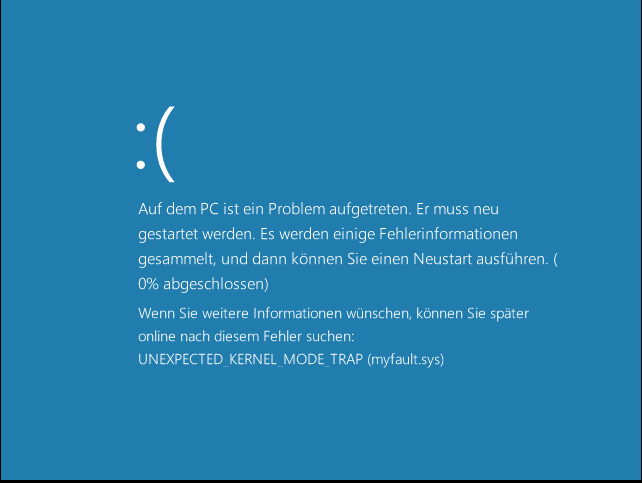Boot Device Not Found

The OS is installed on a storage drive, so the failure to load that OS can be indicative of a problem with the drive. There are a few ways to diagnose storage issues. When the scanning and repairing process is complete, restart your PC and check if the problem has been fixed. When the scanning and repairing process is complete, restart your computer and see if the issues have disappeared. If they haven’t, try running the repair-Volume-DriveLetter command in Safe Mode.
Musts To Help Secure Your Windows Os
Once you complete the installation of Windows 10, you’ll need to reinstall all your applications and restore your files from backup. It’s possible that you’re getting a blue screen because of damaged setup files, in which case you’ll need to re-download the installation files. A lot of times you’ll run into a BSOD as you try to upgrade to a new version of Windows 10. Typically, the reason could be a result of a third-party application, such as antivirus and security software, or incompatible hardware. If performing a System Restore did not solve your problems, the you could try the Windows Repair Installation described below.
You can do this by visiting the Microsoft download page and clicking on the link to download the MediaCreationTool. Once you’re in safe mode, depending on what’s causing the problem, you can use the following steps to uninstall an update or device driver. Alternatively, you can uninstall an update or device driver using Safe mode when you can’t access the desktop. To resolve this problem, check your software company’s support website to see if there is a new update available or upgrade you can download and install on your computer. Once you complete the task, if you no longer see a stop error you can temporarily block Windows 10 from automatically installing the driver using this guide.
Memory Modules Need To Be Reseated
- That’s not compulsory the startup repair will definitely fix your problem because most of the time your windows got corrupted in really bad condition and that’s why it forgot its own boot volume.
- Bad sectors are defective clusters of storage in hard drives that may develop due to physical damage.
- If S.M.A.R.T is enabled, disable it and see if this solves the disk boot failure message.
- Step 1.Launch MiniTool Partition Wizard and clickYesif it pops up the User Account Control window to enter into the main interface of the software.
- Locate the target hard drive and the target partition which you want to check disk errors.
Your drive will now be scanned for potential errors, and, if any are found, they will be repaired. If no errors have been found, you will still have the option to scan and repair the drive — in the new window, choose Scan drive. Right-click on the drive you saw in the Windows “scan and repair” message and select Properties.
A BSOD error is more likely to occur after installing a new cumulative update for Windows 10 due to bugs or incompatibility problems. You can make sure your installation of Windows 10 and drivers are up to date by following these steps.
Finally, we remind you that if you have a habit of performing forced shutdowns, it’s better to put an end to this practice so as to avoid potential startup errors — just like the one described here. From this article, find out why Windows is scanning and repairing your drive on booting and how to stop Windows from scanning and repairing the drive. Search your PC for the ‘Windows Diagnostic Tool’ and select the ‘Windows Memory Diagnostic Tool.’ Click ‘Restart now’, and Windows will begin putting your RAM through its paces.
As the name suggests, the memory management error relates to the computer’s memory and that can be a physical problem with the RAM installed, too. Windows’ own Memory Diagnostic Tool can help discover if this is the root of the problem. If you don’t have a hard copy of Windows 10 or Windows 8, you’ll need to create one before you start the process.